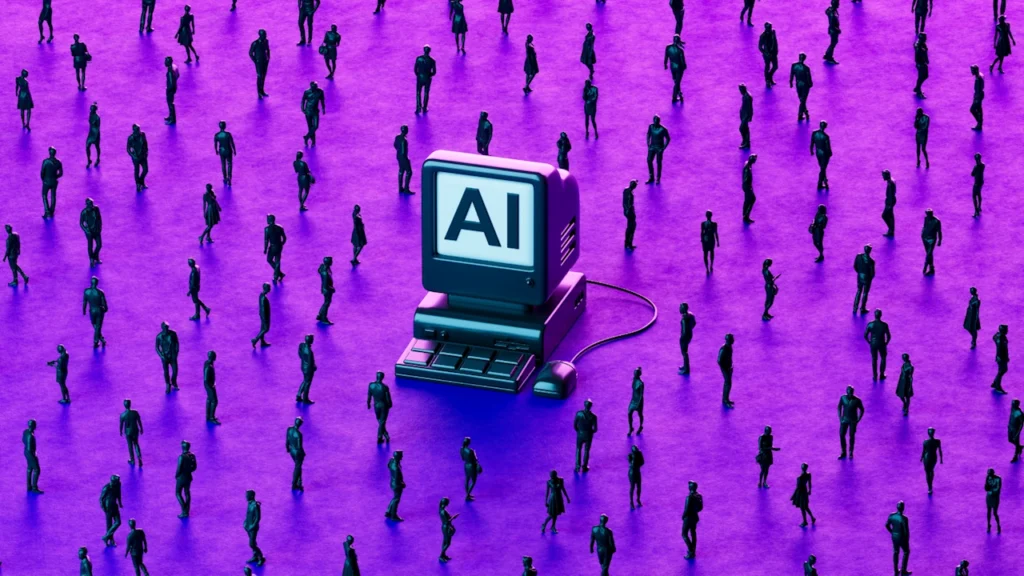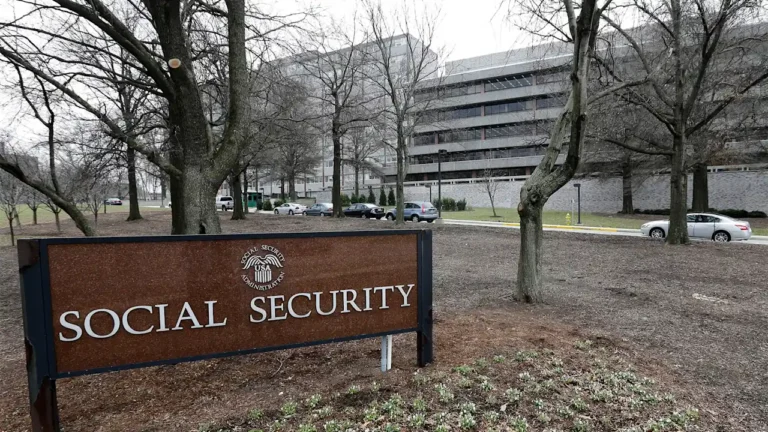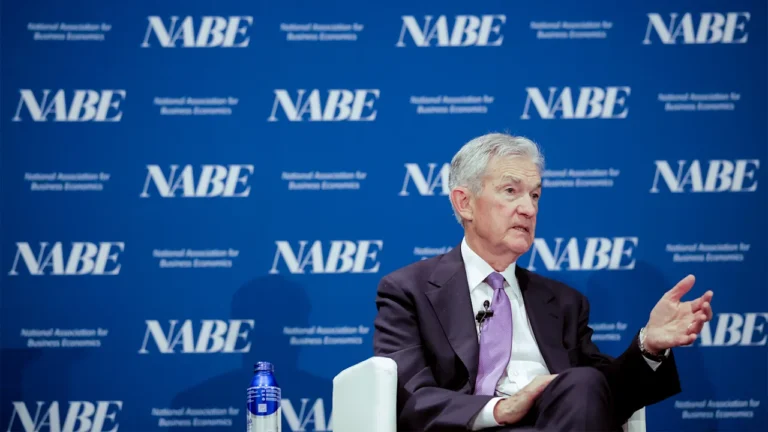
Agentic AI is redrawing the boundaries of value creation in corporate America. Gartner projects that by 2028, 33% of enterprise software applications will incorporate agentic AI, and at least 15% of daily business decisions will be made autonomously by AI agents. The AI race isn’t about building the most sophisticated algorithms, it’s about whether employees actually adopt these digital collaborators and use them to expose inefficiencies long hidden in plain sight.
Yet many business leaders are still grappling with how to integrate agentic AI seamlessly into existing operations, and deliver meaningful results. A recent MIT Nanda report found that 95% of AI pilots fail. The core barrier? The “learning gap,” a disconnect between what the tools can do, and how organizations leverage them. The same report noted that buying AI solutions from specialized vendors succeeds around 67% of the time, while in-house builds succeed only a third as often.
RETHINK WORK AT THE ATOMIC LEVEL
Agentic AI isn’t just another automation tool, it’s a new way of automating. Its true potential lies in reimagining work at its most granular level: breaking down complex processes into smaller, modular components that can be quickly reconfigured for maximum flexibility and impact by LLM-driven systems and reasoning.
Consider the music industry’s digital transformation. When the world shifted from CDs to digital downloads, record labels no longer had to sell entire albums to move a single hit. Tracks could be released individually, targeting specific audiences, and responding instantly to demand. Agentic AI lets work evolve the same way.
Instead of forcing employees through rigid, linear processes, AI agents can identify what’s needed in each moment, suggest next steps, and help people move forward while still ensuring all compliance requirements and approvals. Every step becomes a point of value creation, not just a box to check. Now, the energy once lost to bureaucracy gets redirected toward more meaningful progress that drives improved business outcomes.
EXPOSE HIDDEN INEFFICIENCIES
One of agentic AI’s most powerful capabilities is surfacing inefficiencies that go unnoticed under legacy systems. When workflows become more visible—and dramatically faster—flaws built up over years are suddenly impossible to ignore.
At one large industrial company, a frontline employee needed to order a $50 backpack from a trusted supplier. On paper, the process looked fine, a simple purchase order flowing through the required workflows. But when an agentic AI was implemented, the reality was clear: The request required seven separate approvals, each one adding delay. The AI didn’t just move through the workflows faster; it turned the entire process into a conversation, exposing how much unnecessary friction had crept in over time. That visibility sparked an important discussion: Did they really need so many layers of sign-off for such a routine expense?
The technology made the inefficiency undeniable, but it took a cultural and compliance shift within the company to actually eliminate the redundancy. By combining automation with organizational will, the company not only streamlined purchases but also gained insight into how work actually gets done, building momentum for broader changes regarding outdated processes.
FROM RIGID TO RESPONSIVE
Traditional enterprise software enforces strict compliance: every field filled, every form completed, every step followed in order. But work in the real world is rarely so tidy. Employees operate with partial information and constantly adapt to shifting priorities.
Agentic AI changes the equation. It adapts to how people work, not the other way around. AI agents capture what’s available, ask follow-up questions later, and complete tasks dynamically as information emerges.
The most advanced agentic deployments go further. When a major movie studio’s engineering team noticed unexplained server spikes, their ambient AI scanned logs, release schedules, and forums, revealing leaked content driving traffic from torrent sites. It flagged the issue and suggested scaling options, while the agentic AI spun up extra servers and alerted the security team, immediately turning insight into action.
These breakthroughs only matter if people actually use the tools. That’s where most enterprises stumble.
THE REALITY OF RESISTANCE
Many organizations are already overwhelmed by digital complexity. Employees face fragmented workflows, siloed teams, and outdated systems. Agentic AI won’t erase this complexity overnight, and adoption will be uneven.
That’s why successful implementations don’t force new processes or “best practices.” Instead, agentic systems leverage how work already happens, and makes it easier. Agentic AI won’t debate how you onboard vendors or process reimbursements, they just help get it done faster and with less friction.
This builds trust. When employees see AI agents handling tasks they already do like finding files, filling out forms, or submitting requests they’re more likely to engage. And the best agentic systems don’t just wait for instructions; they reach out proactively, helping people stay one step ahead. The more useful and interactive the assistant, the faster adoption spreads.
CAREER IMPLICATIONS
Working with AI is fast becoming a core career skill. Employees who learn to collaborate with AI agents by asking smart questions, interpreting insights, and applying them to real-world challenges will be better prepared as roles evolve.
This isn’t about replacing humans, but amplifying their capabilities. Those who master conversational AI, navigate multiple systems, and use AI to manage complexity will accomplish what once took entire teams. That fluency will set top performers apart.
WHAT THIS MEANS FOR TOMORROW
PwC’s “Value in motion” report predicts AI adoption could boost global GDP by up to 15% by 2035, an impact on par with the industrial revolution. But realizing that future requires responsible deployment, clear governance, and a culture of trust.
The workplace of the future will be built on collaboration between people and AI. Companies that get this right will break down silos, eliminate waste, and empower employees to focus on what matters most. The technology is ready; the real challenge is building cultures that value transparency over complexity and see AI agents as essential partners, not threats.
Agentic AI wins when people use it because it makes their jobs easier, shines a light on hidden inefficiencies, and unlocks new ways of working that were once out of reach.
Bhavin Shah is founder and CEO of Moveworks.






